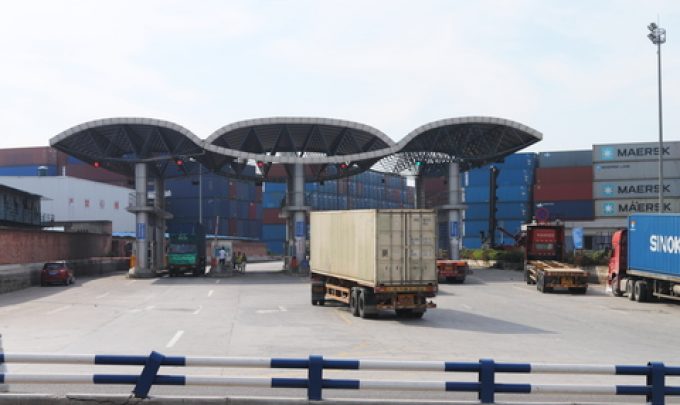Arrests and goods seized as raids across EU uncover massive import fraud
Coordinated raids by the European Public Prosecutor’s Office (EPPO) in several European countries uncovered a ...

Supply chain disruption in China is easing alongside an apparent slowdown in the spread of the coronavirus.
However, more congestion and capacity shortages are still expected.
Today China reported the fewest new cases since the city of Wuhan went into lockdown on 23 January, according to the ...

Comment on this article